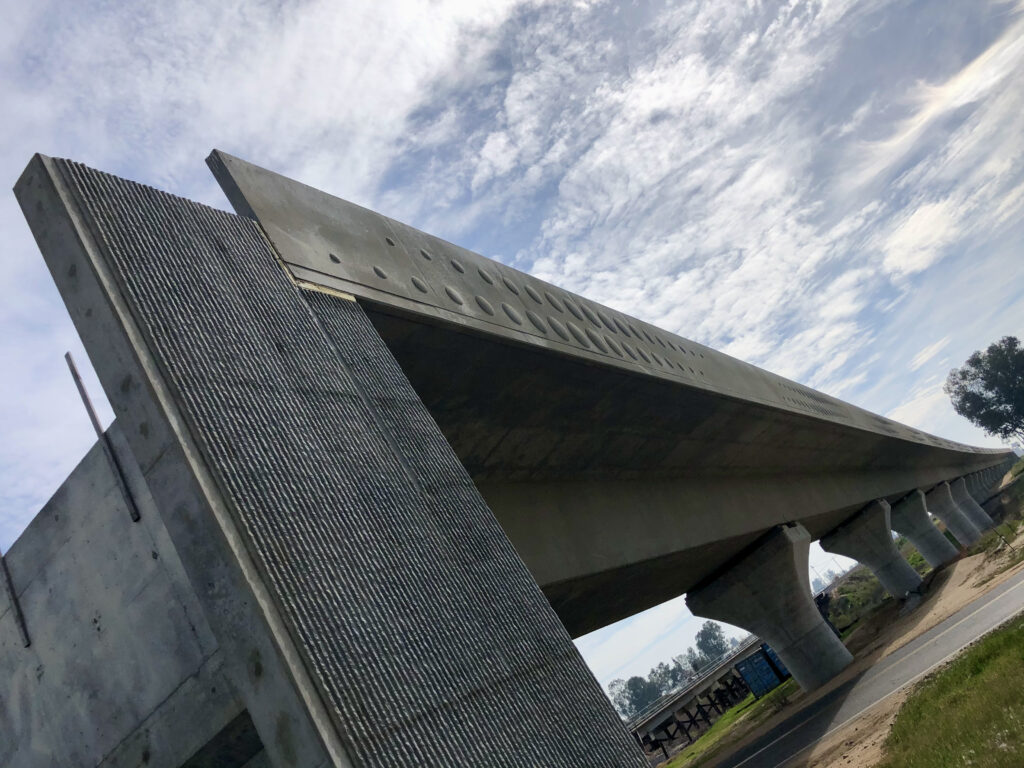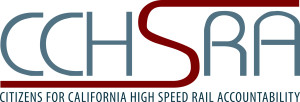High-Speed Rail Failures Continue, With Your Money

Twelve years have passed since 53% of California voters authorized the state to borrow $9.95 billion from bond investors to start building a high-speed rail system.
And six years have passed since politicians and leaders of powerful construction and transportation interests gathered in Fresno to sign a rail and celebrate the start of actual construction.
So when can we buy tickets for high-speed transportation to San Francisco, Los Angeles, San Diego, and Sacramento? No one knows. The program continues with minimal accountability or legitimate oversight. No contract has been awarded to lay any rail.
In 2020, the California High-Speed Rail Authority couldn’t even submit a final revised business plan to the state legislature, as required by law. Like so many other alleged taxpayer protections, that requirement was meaningless.
Yet a constant flurry of construction activity continues anyway between Madera and Shafter. Money is being spent – your money.
Far away from the coastal cities and the capital, San Joaquin Valley residents recognize that passenger train operations of any kind aren’t happening any time soon. It appears the California High-Speed Rail Authority is simply marking its territory with unsightly swatches of cleared land and destruction of family homes along the first segment of the rail alignment.
Viaducts over roads and rivers appear intermittently for 190 miles on flat farmland, but that’s far short of the promise to voters of a “Safe, Reliable High-Speed Passenger Train.”
When voters approved Proposition 1A in 2008, they were told trains would run between major cities (including Sacramento and San Diego) at 220 miles per hour. In addition, trains would travel between San Francisco and Los Angeles in 2 hours, 40 minutes or less.
At the current rate of progress, a dedicated Amtrak rail line may operate between Merced and Wasco by 2030. If all goes well, trains will be pulled by diesel locomotives that can reach speeds of 125 miles per hour.
This outcome could have been achieved if the State of California had simply retrofitted the existing Amtrak line that already serves the San Joaquin Valley. It would have avoided environmental and community disruption and destruction, while costing billions of dollars less.
Considering the dismal outlook for California High-Speed Rail, it’s no surprise the State of California has failed to obtain private investment for it – another empty promise made to voters in 2008. Only the politicians are willing to spend money – someone else’s money – on this obviously unprofitable project destined never to cross or penetrate a mountain range.
On a few occasions, some federal and state officials have attempted to impose some accountability on the state’s high-speed rail program. Most notably, the Trump Administration sent a letter to the State of California in 2019 cancelling $929 million in federal grant money for California High-Speed Rail and demanding return of a $2.5 billion federal grant awarded ten years ago through President Obama’s economic stimulus package. That money came with reasonable guidelines and conditions that the state has proven incapable of achieving.
The state hasn’t returned the $2.5 billion, of course. And the Biden Administration will probably neglect this federal demand or withdraw it altogether. Even our own Governor Gavin Newsom, after seemingly recognizing the infeasibility of the project early in his administration, has failed to meaningfully respond during his term to continued failures of the high-speed rail program.
How can Californians expect anything better? A cynic would conclude that the real purpose of the California High-Speed Rail project is political. It gives elected officials a continual opportunity to reward construction-related companies and labor unions for their consistent campaign support. That’s why planning and construction goes on despite common sense and the resentment of many California residents.
###

